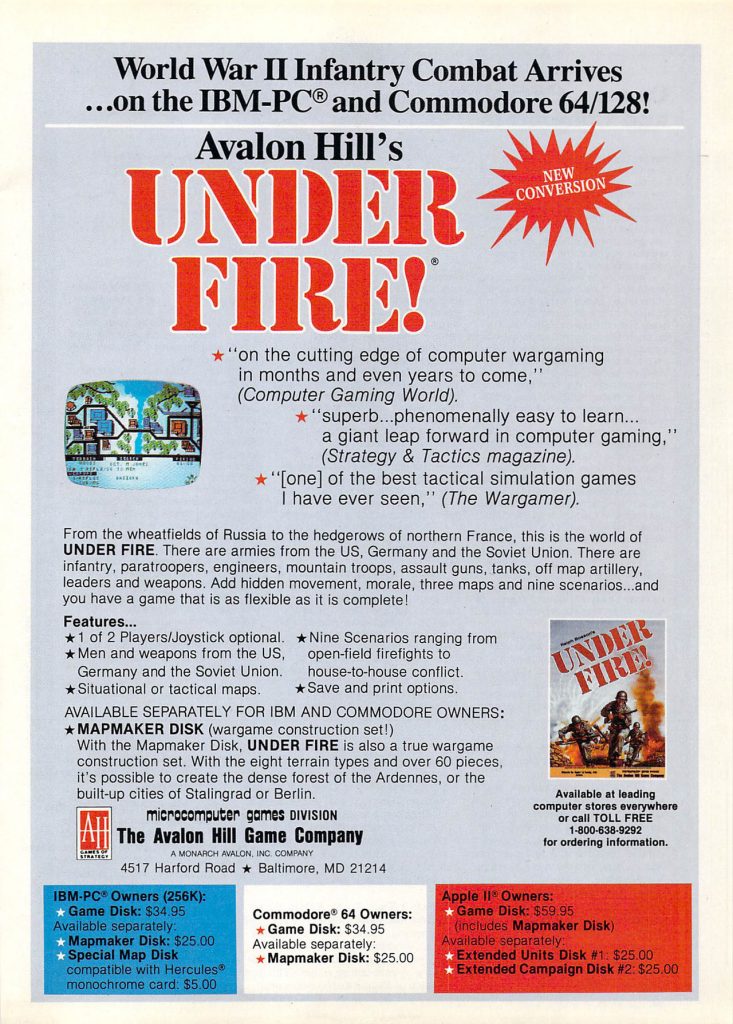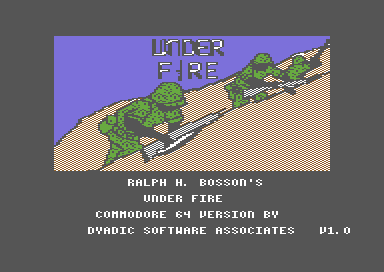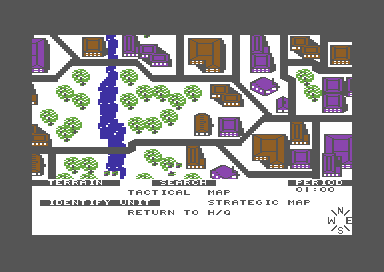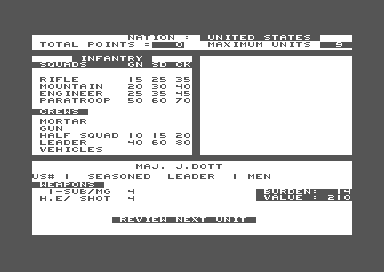Source: inCider – Issue Number 1 – January 1983
This particular ad is from the premiere issue of inCider from January 1983. inCider was a magazine dedicated to the Apple II line of computers. Back in the day, there were tons of computer mail order places advertised in computer magazines. I’m more familiar with those specializing in Commodore 64 related items but many of these places sold systems of all types. “The Bottom Line” is not one I recognize but this is a few years before I got my first computer and obviously in this ad thay are pushing Apple II related items.
The price for the Apple compatible Franklin Ace 1000 was $1549. That includes a disk drive and amber monitor. That sounds like a lot (and it was) but it’s a bargain compared to the price of real Apple equipment at the time. But who wants an amber monitor? Not much good for games…
It’s amazing how much a dot matrix printer cost. The Star Micronics Gemini-10, quite a popular printer at the time, was $419.88 in 1983. That number already sounds expensive but adjusted for inflation, that would be somewhere in the neighborhood of $1,300 today.
Modems weren’t much better. An abysmally slow 300 Baud modem was $239. A more respectable 1200bps would cost you $569. And that was about as fast as you could get at the time.
But for a real demonstration of just how far prices for technology have fallen, take a look at the hard drive prices. A whopping 5 MB would cost you at least $2000. That’s more like $5,400 in today’s dollars. For some more fun, take a look at the RAM prices…





